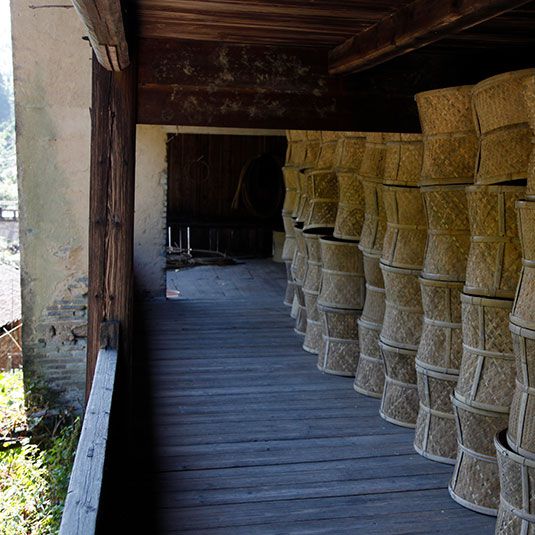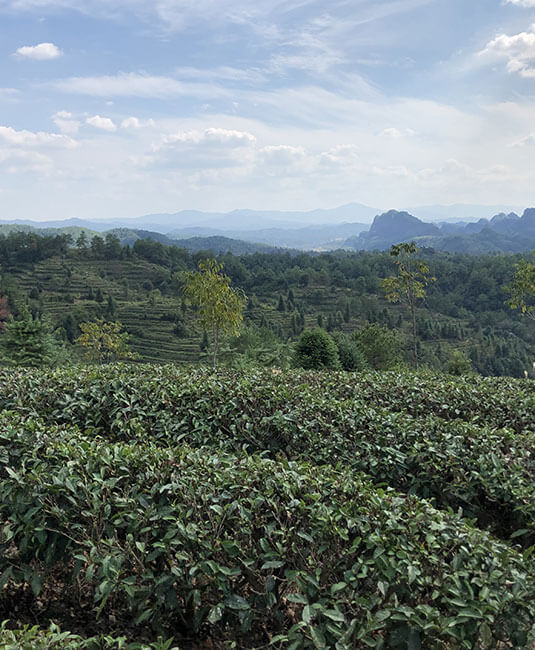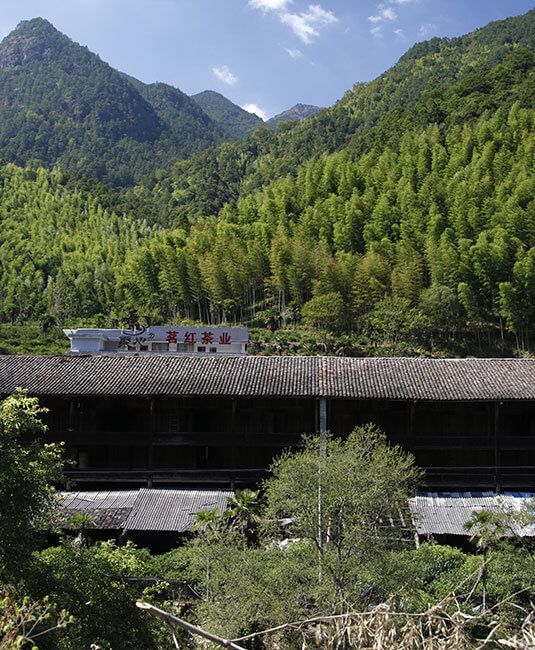Free shipping from $55

Smoked Tea: A Story of Drying
Around 1820, in the Fujian region of southeastern China, a planter unintentionally created smoked tea. When his drying room was requisitioned by the Chinese army, he sought a solution to dry the still-wet tea leaves from his harvest. He decided to light a fire with spruce roots and placed the tea leaves on top. A very distinctive smoky flavor then infused the dried leaves. A few days later, a foreign merchant discovered this unusual batch of tea and was captivated by its aroma. He took it with him to Europe, where it became a great success. Today, like Lapsang Souchong, a Chinese black tea from Fujian that is smoked with spruce, smoked tea attracts many enthusiasts.

The Production of Smoked Teas
The production process for smoked tea is similar to that of traditional black teas. The smoking occurs after the rolling stage.
1. Withering: This initial step is crucial for determining the final result. It allows the leaf to lose up to 50% of its moisture and begins the enzymatic transformation necessary for oxidation.
2. Rolling: Rolling black tea is different from rolling green tea. Its goal is not to shape the leaf but to break its cells to facilitate the enzymatic reactions of oxidation. Lightly rolled leaves will produce a milder tea, while heavily rolled leaves will yield a stronger tea.
3. Smoking: The leaves are lightly toasted on a hot iron plate and then placed on bamboo trays over a root fire. The duration of this process varies depending on the desired level of smokiness and can last several hours. It may be repeated multiple times.

4. Oxidation: After rolling, the leaves are sent to an oxidation room. In these rooms, the humidity is 90 to 95% and the temperature ranges from 68 to 72°F (20 to 22°C). Good ventilation is required, but air currents should be avoided. The oxidation time can vary from 1 to 3 hours, depending on the leaf quality, season, region, and desired tea color.
5. Drying (or Roasting): To stop oxidation, the tea must be rapidly brought to a high temperature. Drying typically takes place in large cylindrical dryers, heating the leaves to an average temperature of 194°F (90°C) for 15 to 20 minutes.
6. Sorting: The tea is immediately sorted into two grades: broken leaves and whole leaves. Once sorted, the tea is packaged.
